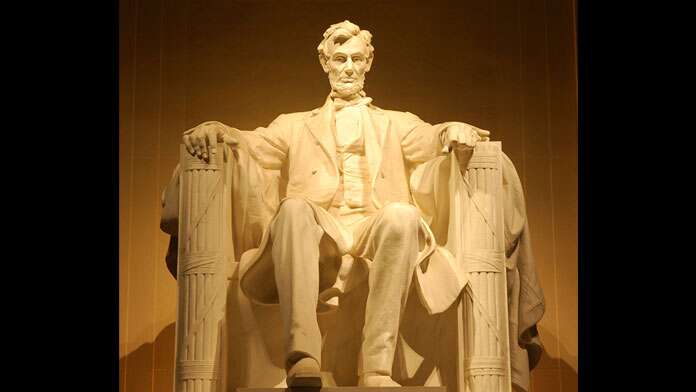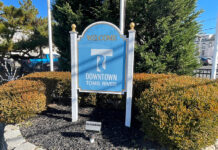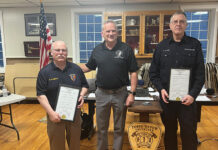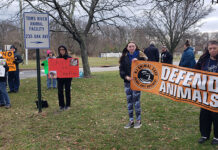
It is the most visited national memorial in Washington, D.C. – named in honor of our 16th President who saved the Union.
It’s the Lincoln Memorial and we celebrate the 100-year anniversary of its opening this Memorial Day.
Where did the idea for the memorial come from? Who built it? Who dedicated it? And how did Toms River celebrate that special day 100 years ago?
The Lincoln Memorial
In 1867, two years after President Abraham Lincoln’s assassination, Congress authorized a commission to build a memorial in his honor.
It would not be until 1914 that ground was broken for its construction. The Greek-style temple took eight years to build – made from marble quarried from Colorado and Georgia. 36 columns comprise its structure – representing the states in the Union at the time of Lincoln’s death. The centerpiece is the imposing marble statue of Abraham Lincoln – 19 feet in size.
The memorial was dedicated on “Decoration Day” (today, known as Memorial Day) on May 30, 1922. Chief Justice William Howard Taft, chairman of the commission, presided. He presented the new memorial to President Warren G. Harding. Lincoln’s last surviving son, Robert, then 78, looked on along with an estimated 50,000 spectators. Millions of Americans listened to the ceremonies on that new medium – the radio.
Toms River 100 Years Ago
Here in Toms River, members of the “G.A.R.” – the Grand Army of the Republic – led the town’s Decoration Day ceremonies. The GAR was an organization composed of veterans of the Union Army who served in the Civil War. In 1922, several GAR members were still living in Toms River.
Along with members of the recently formed George P. Vanderveer American Legion Post (composed of the then more youthful World War One veterans) and local Boy Scouts, they visited the cemeteries at Cedar Grove and Silverton in the morning. In the afternoon, they went to the Methodist Cemetery on Hooper Avenue and Washington Street. Men from the new Naval Air Station in Lakehurst accompanied them. On the Toms River waters, flowers were strewn.
An afternoon parade to Riverside Cemetery along State Highway 166 was held – led by Toms River Fire Company No. 1.
In the course of the day, nearly 200 graves were decorated with flowers and flags. At each cemetery – led by the GAR members – Lincoln’s Gettysburg Address was read, followed by the firing of guns and the playing of taps.
The New Jersey Courier – Ocean County’s then local newspaper – reported that “the day belongs to the veterans of the Civil War, and still, as long as one of them is left.” The “thin line of blue,” said the Courier, “was thinner and more drawn than ever.”
Soon, as time marched forward, those in that thin blue line would be gone. But they shall always be remembered in our history.
Memory Of Lincoln Lives On
Like the memorial in Washington, our cemeteries here are home to monuments to the Union and the Republic for which it stands. History tells us that Abraham Lincoln never visited Toms River – the closest was his visit to Trenton in 1861 on his long railroad journey from Springfield, Illinois to Washington, D.C. for his inauguration.
But the spirit of Abraham Lincoln lives on, here and across our land, as that memorial dedicated 100 years ago reminds us:
“In This Temple
As In The Hearts Of The People For Whom He Saved The Union
The Memory Of Abraham Lincoln Is Enshrined Forever”
SOURCES: The National Park Service; the New Jersey Courier, June 2, 1922 edition
J. Mark Mutter is the retired Toms River municipal clerk. He was chairman of the township’s 250-year anniversary committee in 2017 and its 225-year anniversary committee in 1992, and its Constitution bi-centennial committee in 1987. He is writing a book on the history of Toms River.






